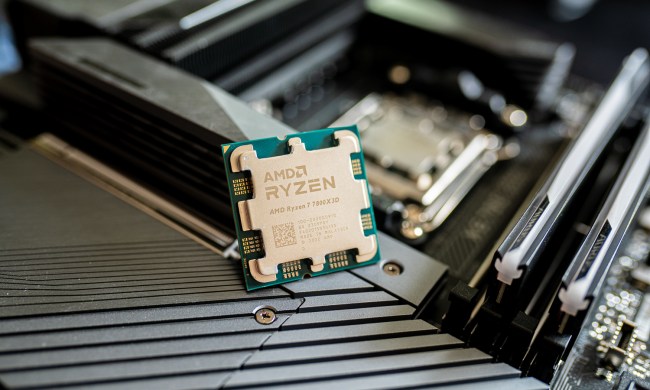At CES 2013, Intel promised a commitment to what it calls “perceptual computing,” the use of gestures, facial recognition, and other interface technologies to control a PC, but only some of what was hoped for was actually delivered on throughout the year. The company is redoubling its efforts in 2014, however, with a family of hardware and software products it calls RealSense.
The higlight is Intel’s RealSense 3D camera. As its name implies, the camera has the ability to see in three dimensions, making it possible to perceive distance as well as capture an image. In other words, the camera works more like the human eye.

Though depth perception is a trait most people take for granted, it’s important for Intel’s vision of interfacing with computers using hand gestures. A perception of distance is required to accurately detect these new forms of visual input, so the RealSense 3D camera is an integral part of Intel’s attempts to expand how computers are used.
It will be so integral, in fact, that Intel plans for it to ship as a standard feature in ultrabooks, all-in-ones, and tablets planned for release by Acer, Asus, Dell, Fujitsu, HP, Lenovo, and NEC. Intel showed working systems from Asus, Lenovo and Dell at its CES 2014 press conference.
So, what can RealSense do? Intel showed several demos including 3D object scanning, real-time video editing which can isolate objects or remove the background, and gesture interaction similar to that shown by Leap last year, though we hope Intel’s version works better once it becomes a reality. Games were also demoed, of course, though no well-known titles were shown.

Intel isn’t focused entirely on the visual, however. The company is continuing its partnership with voice recognition software developer Nuance, with the announcement of a new product called Dragon Assistant, which will be available on tablets and PCs this year. Assistant will work somewhat like Siri for ultrabooks; users will be able to search, play music and create appoints using voice commands.
The promise of RealSense seems infinite, but can Intel actually deliver on the broad range of features and functions it boasts? We’ll just have to wait and see.


